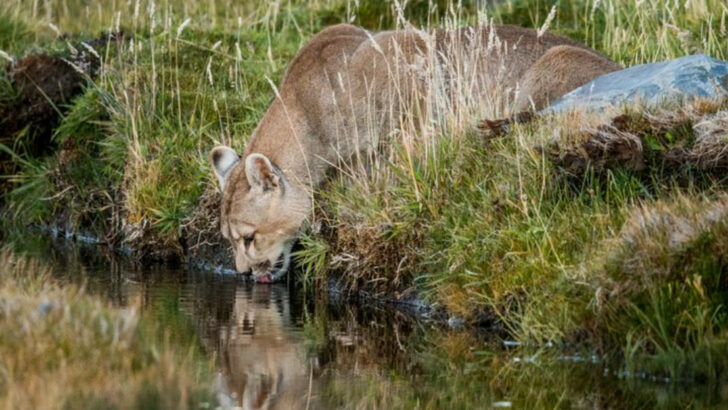Arizona is a land where wild hearts beat to their own rhythm!
Step into a state where deserts sing with life and canyons hide secret kingdoms. Here, 24 incredible animals roar, scurry, and soar, reminding us that nature never plays by our rules.
Imagine a roadrunner dashing over sun-scorched dunes or a bighorn sheep standing proud against rugged red cliffs. Each creature is a burst of survival, defying the harsh elements with fierce determination.
Every encounter here is a brush with raw, untamed energy. These animals turn ordinary landscapes into dramatic stages where life unfolds with breathtaking intensity.
Prepare to journey through Arizona’s wild spirit, where 24 remarkable beings reveal the untamed soul of a land that refuses to be tamed. Let your adventure begin in a place where every moment brims with the pulse of raw nature.
Mexican Gray Wolf
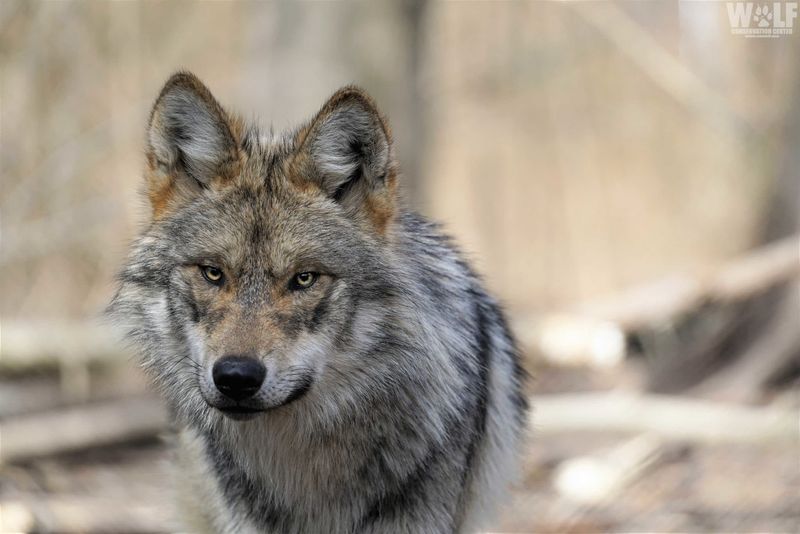
The Mexican Gray Wolf, a subspecies of the gray wolf, roams the rugged terrains of Arizona. With a coat of grizzled gray and hints of brown, this majestic creature is a symbol of the wilderness. Despite its beauty, the wolf faces challenges due to habitat loss and human conflict. Efforts are ongoing to protect and reintroduce it to its natural habitat.
Spotting a Mexican Gray Wolf in the wild is a rare and cherished experience. Conservationists work tirelessly to ensure these wolves thrive in Arizona’s landscapes, where they play a crucial role in maintaining ecological balance.
Gila Monster
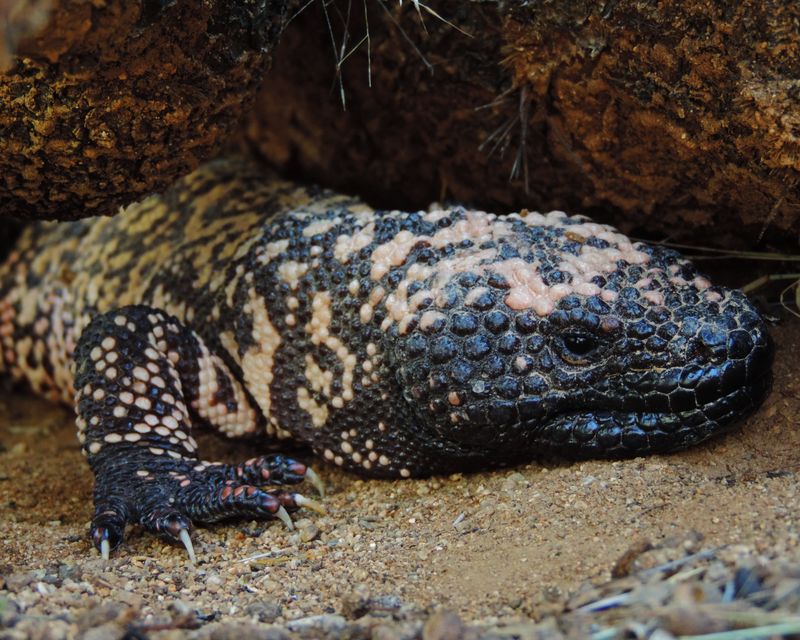
The Gila Monster is one of the only venomous lizards in the world, and it calls Arizona’s deserts home. With its striking orange and black pattern, it is a sight to behold. The lizard spends much of its time underground, emerging to hunt and bask in the sun.
Despite their venom, Gila Monsters are not aggressive and pose little threat to humans. Their unique adaptations allow them to thrive in the harsh desert climate. Observing a Gila Monster in its natural habitat is a testament to the wild, untamed beauty of Arizona’s fauna.
Cactus Wren
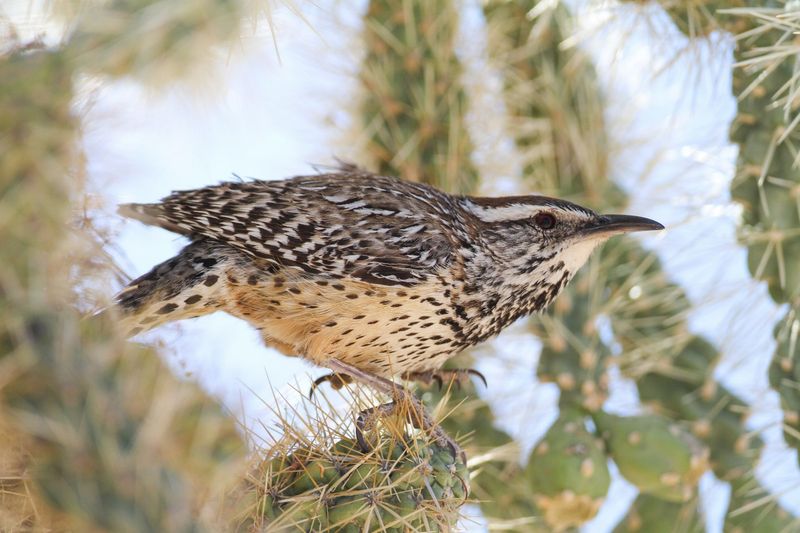
The Cactus Wren, Arizona’s state bird, is known for its loud and distinctive song. These birds often make their homes in the arms of giant saguaro cacti. Their brown and white plumage with spotted chests blends seamlessly with the desert surroundings.
Cactus Wrens are curious and often seen flitting about, searching for insects. Their adaptability makes them a common sight across the state. The bird’s presence is a melodic reminder of the vibrant life that thrives in Arizona’s arid environments. It’s a true desert dweller, embodying resilience and charm.
Javelina
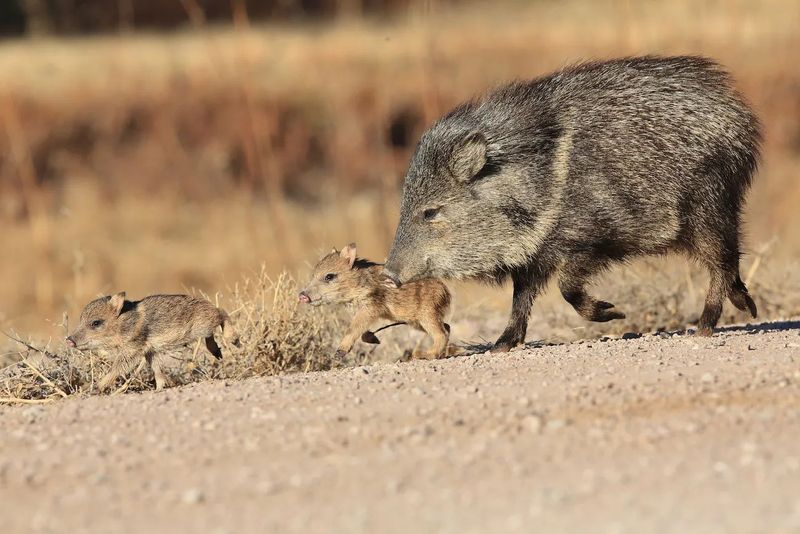
Often mistaken for wild pigs, Javelinas are actually peccaries native to Arizona’s deserts. These social animals travel in groups, forging close bonds. With coarse, dark fur and a distinct musk gland, they are well adapted to their surroundings.
Javelinas are herbivores, primarily feeding on prickly pear cacti. Their ability to navigate the sharp spines is impressive, showcasing their evolutionary traits. Watching a herd of Javelinas roam the desert landscape is a captivating experience, offering a glimpse into the intricate web of life that defines Arizona’s wildlife.
Sonoran Desert Tortoise
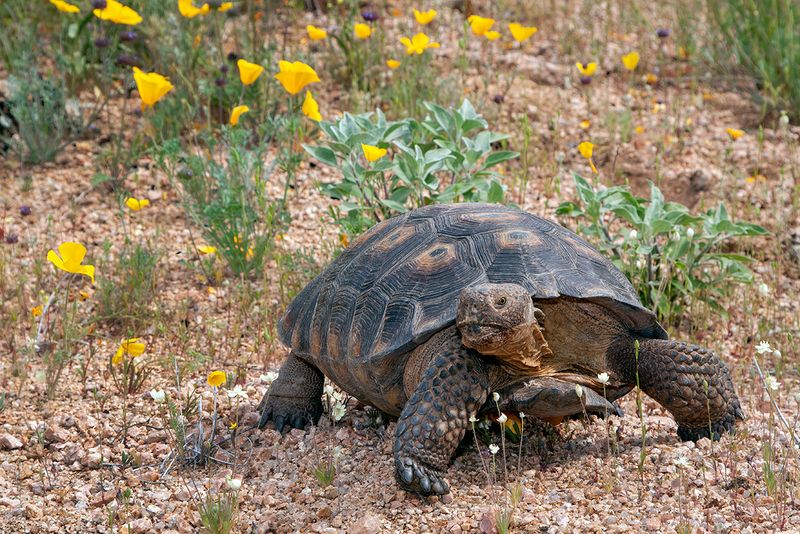
The Sonoran Desert Tortoise is a fascinating creature adapted to the arid environment of Arizona. With its domed shell and sturdy limbs, it moves patiently across the desert floor. This tortoise is a master of survival, capable of withstanding extreme temperatures.
During the hottest months, it seeks refuge in burrows, emerging to forage during cooler times. Their diet consists mainly of native plants, contributing to the ecological balance. Spotting a Sonoran Desert Tortoise is a reminder of nature’s resilience and the quiet strength that characterizes Arizona’s wildlife.
Harris’s Hawk
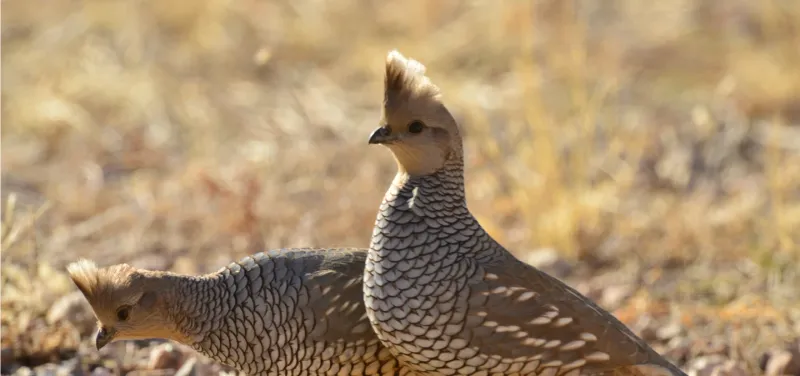
Harris’s Hawks are known for their unique social hunting behavior, often seen in cooperative groups. These raptors thrive in the open deserts and grasslands of Arizona. Their striking dark plumage, contrasted by chestnut shoulders and white tail tips, makes them easily identifiable.
In flight, they are a majestic sight, demonstrating agility and teamwork. Harris’s Hawks play a crucial role in controlling rodent populations. Observing these hawks in action is a testament to the intricate social structures present in the wild, showcasing the diversity of life in Arizona’s ecosystems.
Arizona Bark Scorpion
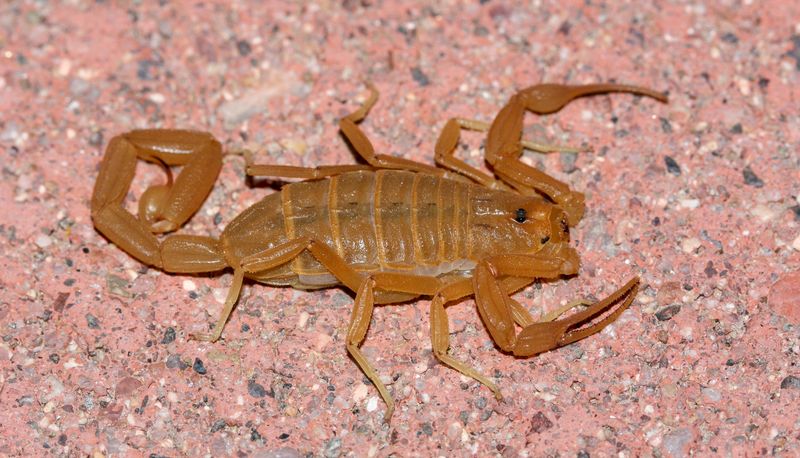
The Arizona Bark Scorpion is notorious for its potent sting, residing in the desert regions of Arizona. This small, slender scorpion is pale yellow, allowing it to blend into its surroundings. It’s primarily nocturnal, emerging under the cover of night.
Despite their fearsome reputation, they play a vital role in the ecosystem by controlling insect populations. Exercise caution when exploring their habitats, as their sting can be painful. The Arizona Bark Scorpion is a reminder of the unseen wonders that lurk in the desert, contributing to its mystique and complexity.
Mountain Lion
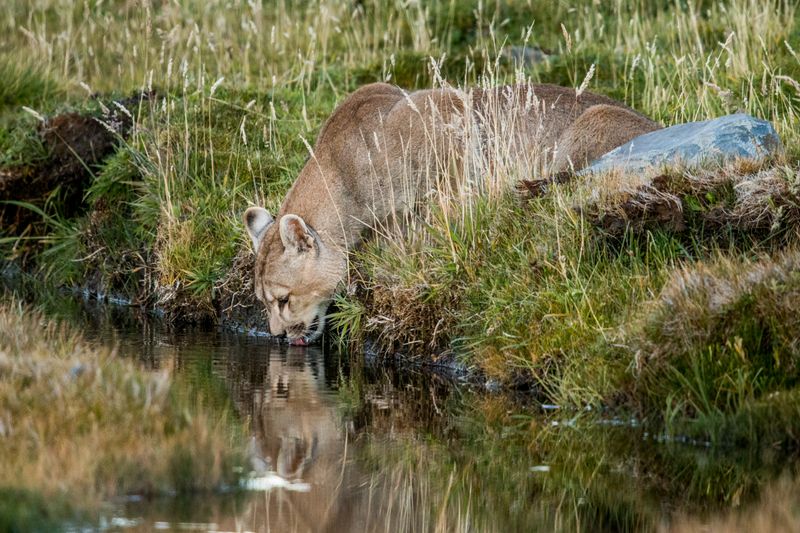
The Mountain Lion, or cougar, is a solitary and elusive predator found in Arizona’s rugged terrains. With a tan coat and powerful build, it is a top predator, maintaining the balance of wildlife populations.
These big cats are masters of stealth, rarely seen by humans. They prefer remote areas where they can hunt undisturbed. The presence of Mountain Lions is a testament to the thriving wilderness, a symbol of strength and grace. Their elusive nature adds a sense of mystery and awe to the diverse wildlife of Arizona.
Western Diamondback Rattlesnake
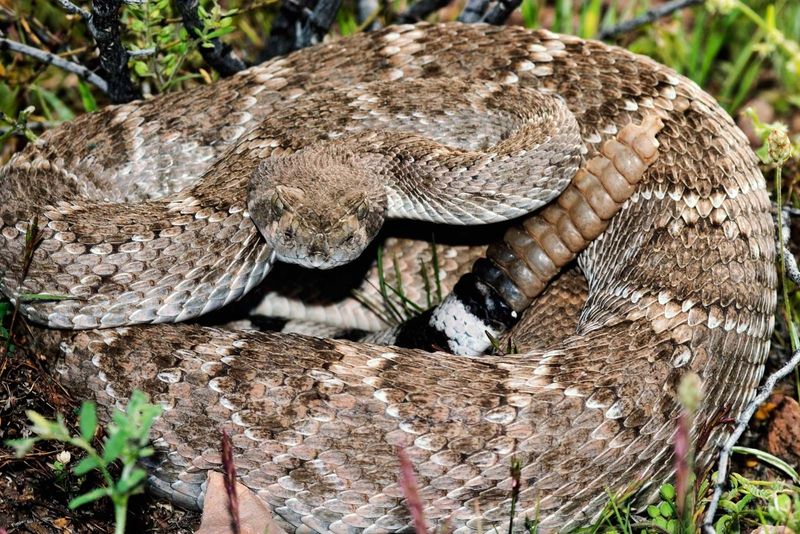
The Western Diamondback Rattlesnake is a formidable reptile, easily recognized by its signature rattle. Found throughout Arizona, it inhabits deserts, grasslands, and rocky hillsides. Its distinctive diamond pattern and rattling warning are iconic.
This snake plays a crucial role in controlling rodent populations, supporting the ecological balance. While encounters can be startling, they often prefer to avoid humans. Caution and respect are key when traversing their habitats. The Western Diamondback embodies the rugged and untamed spirit of Arizona’s wildlife, a creature of both beauty and danger.
Greater Roadrunner
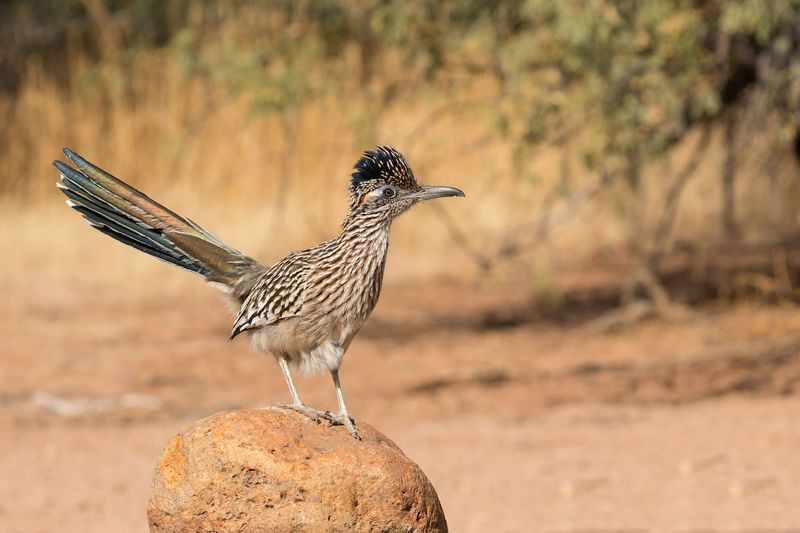
The Greater Roadrunner is a charismatic bird known for its speed and agility. Found in the desert landscapes of Arizona, this bird is often seen darting across roads and open fields. Its distinctive crest and long tail make it recognizable.
Despite its quirky appearance, the Roadrunner is a skilled hunter, preying on insects, lizards, and even small snakes. It’s an exciting encounter for those exploring Arizona’s wild spaces. The Roadrunner embodies the lively and unpredictable nature of the desert, adding character and charm to the state’s diverse fauna.
American Bison
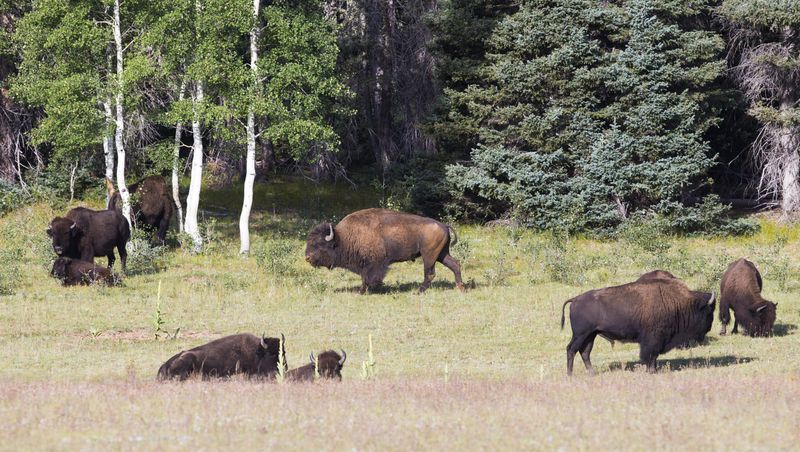
The American Bison is an iconic symbol of the wild west, and small herds can be found in Northern Arizona. These massive animals are impressive, with their humped backs and shaggy fur. They roam the grasslands, maintaining the health of the ecosystem.
Bison are social creatures, often seen in groups as they graze and move across the landscape. Their presence is a reminder of a time when vast herds roamed freely across the American plains. Encountering a Bison in Arizona is a glimpse into the state’s rich natural heritage.
Desert Bighorn Sheep
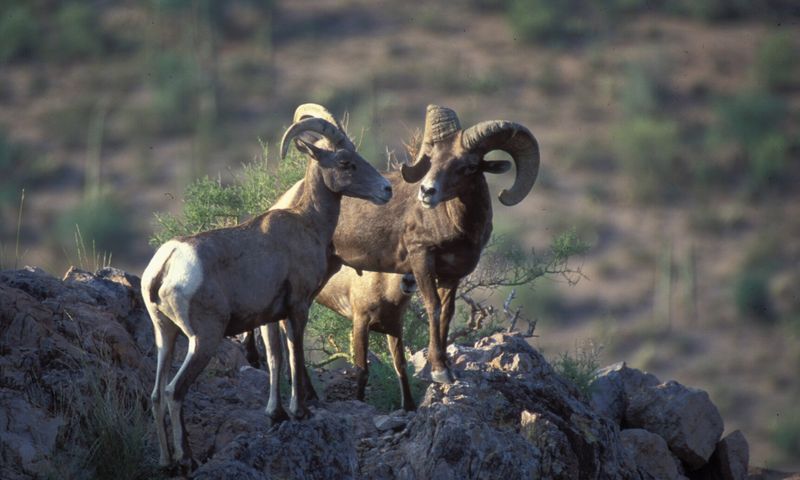
The Desert Bighorn Sheep is a master of the rugged cliffs and canyons of Arizona. With their muscular build and impressive horns, they are adapted to a life of climbing and agility. These sheep are often seen navigating steep terrains with ease.
Their ability to thrive in such harsh environments is remarkable, showcasing nature’s adaptability. The sight of a Bighorn Sheep against the backdrop of Arizona’s landscapes is a striking image, symbolizing the indomitable spirit of the wild. Their presence is a testament to the natural beauty and resilience found in the state.
Vermilion Flycatcher
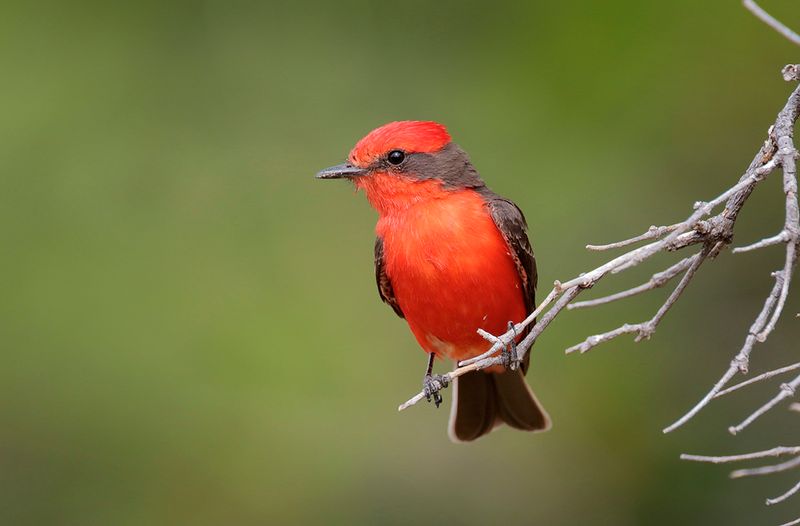
The Vermilion Flycatcher is a small, brightly colored bird that brings a splash of color to Arizona’s riparian zones. The male’s vivid red plumage is a striking contrast to the green foliage. These birds are often seen perched, watching for insects to snatch mid-air.
Their lively behavior and colorful appearance make them a favorite among bird watchers. The Flycatcher’s presence is a reminder of the diverse habitats that Arizona offers. It adds vibrancy and life to the state’s wildlife, a small yet significant part of the ecosystem.
Arizona Cardinal
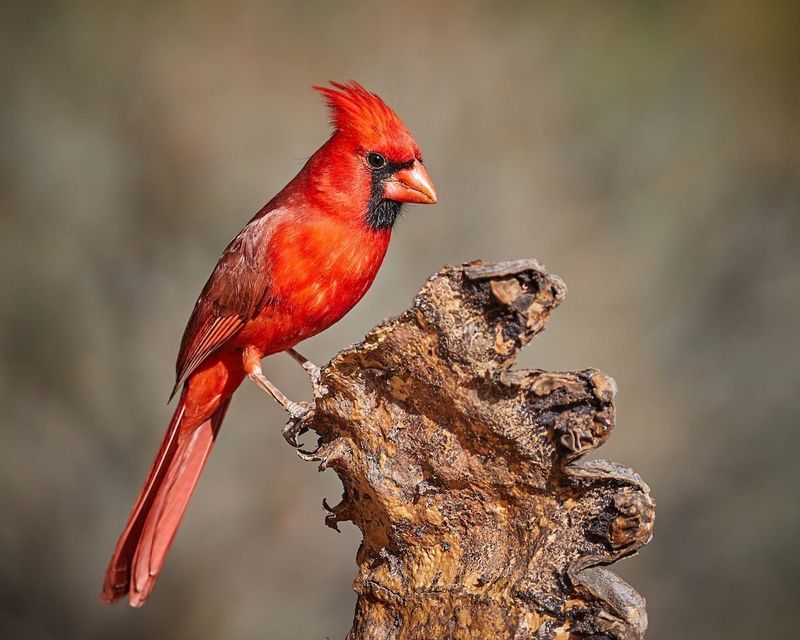
The Arizona Cardinal, a subspecies of the Northern Cardinal, adds a splash of red amidst Arizona’s desert and woodland areas. With its striking red plumage and distinctive crest, it is a beloved sight among bird enthusiasts. Cardinals are often seen perched on branches, singing their cheerful songs.
These birds thrive in various habitats, from desert washes to forested areas. Their adaptability and vibrant presence make them a symbol of beauty and vitality. Encountering an Arizona Cardinal is a delightful experience, adding a touch of color and joy to any nature walk.
Black-tailed Jackrabbit
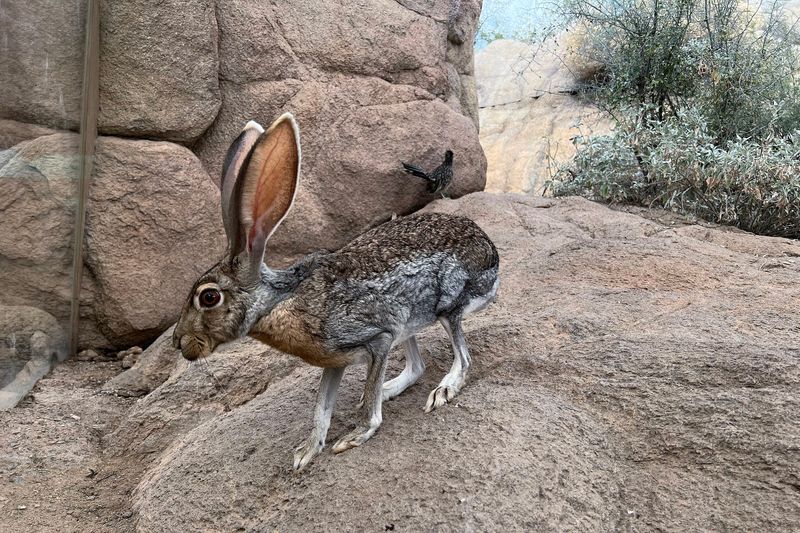
The Black-tailed Jackrabbit is a common sight in the open deserts and grasslands of Arizona. Known for its long ears and powerful hind legs, it is built for speed and agility. These hares are often seen sprinting across the landscape, evading predators.
Their keen senses and adaptability allow them to thrive in harsh conditions. The sight of a Jackrabbit, with its distinct black tail, is a reminder of the desert’s dynamic and lively ecosystem. It embodies the survival instincts and resilience necessary to endure the challenges of the wild.
Gambel’s Quail
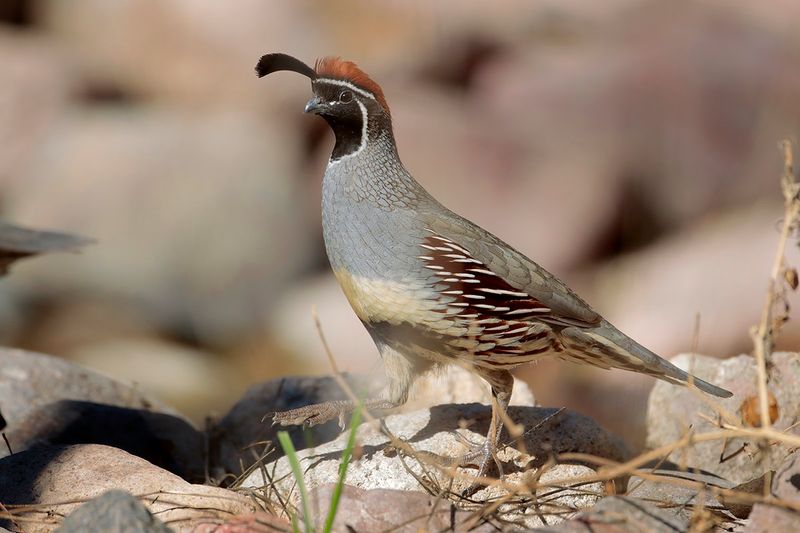
Gambel’s Quail are social birds often seen in small flocks scurrying across the desert floor. Known for the distinctive forward-facing plume on their heads, these quails are a charming sight. They are ground-dwellers, feeding on seeds and insects.
Their presence is a marker of healthy desert ecosystems, contributing to the biodiversity of the region. Gambel’s Quail are a delightful encounter for hikers and nature enthusiasts. Observing them in their natural habitat offers a glimpse into the complex and interconnected lives within Arizona’s wild landscapes.
Arizona Elf Owl
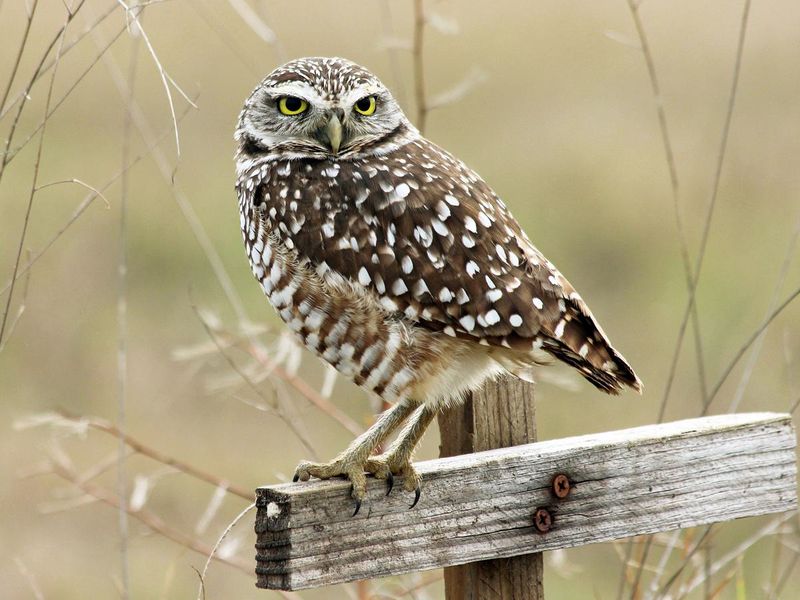
The Arizona Elf Owl is the smallest owl species, and it inhabits the saguaro-dotted deserts of Arizona. With its diminutive size and large eyes, it is a captivating creature of the night. Elf Owls primarily feed on insects, emerging at dusk to hunt.
They often nest in abandoned woodpecker holes within cacti, showcasing their unique adaptations to desert life. The presence of the Elf Owl is a testament to the diversity and wonder of Arizona’s nocturnal wildlife. Its small stature belies the essential role it plays in the ecosystem, controlling insect populations.
Painted Redstart
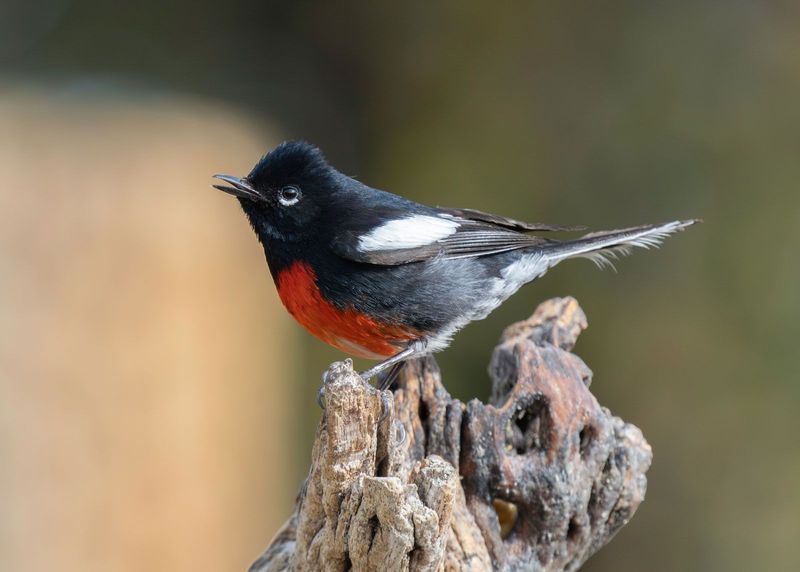
The Painted Redstart is a striking bird found in the forests of Arizona. Its bold black and red plumage makes it a standout among the trees. Known for their energetic foraging style, these birds flit about, catching insects in mid-air.
Their presence is a sign of healthy forest ecosystems, as they thrive in areas with abundant insect life. The Painted Redstart brings vibrancy and movement to the woodlands, an inspiring sight for bird watchers. Observing this bird is a reminder of the rich biodiversity that Arizona’s forests hold.
Arizona Night Snake
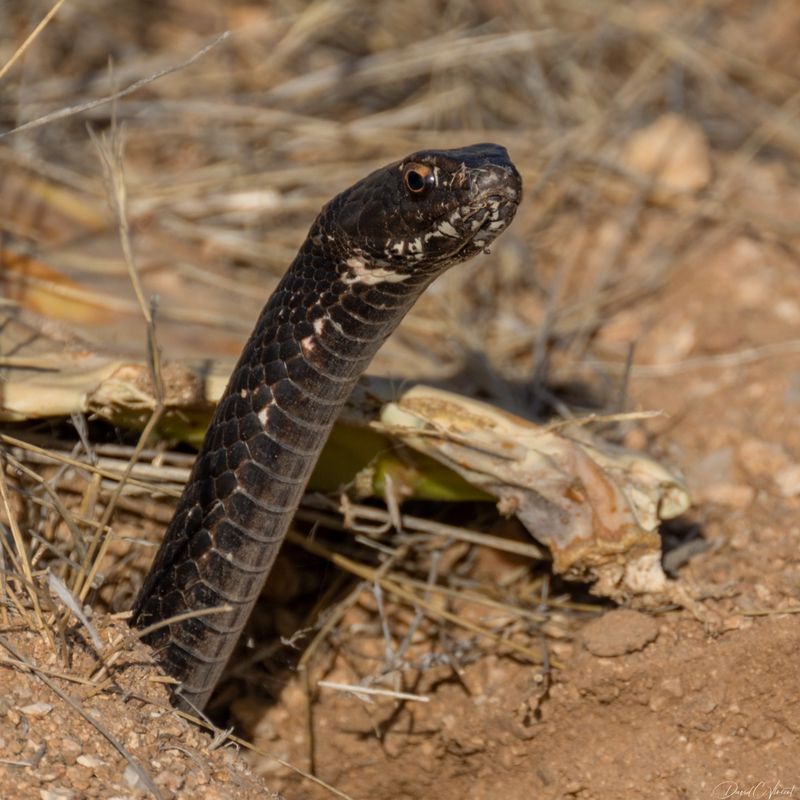
The Arizona Night Snake is a secretive and seldom-seen reptile that blends seamlessly into the rocky landscapes. This small, non-venomous snake is known for its nocturnal habits, emerging at night to hunt for small prey.
Its subtle patterns and coloration provide perfect camouflage. Despite being harmless, it is often mistaken for more dangerous species. The Night Snake is a reminder of the hidden, quiet life that thrives in Arizona’s deserts. Its elusive nature contributes to the mystique and complexity of the region’s wildlife.
Antelope Jackrabbit
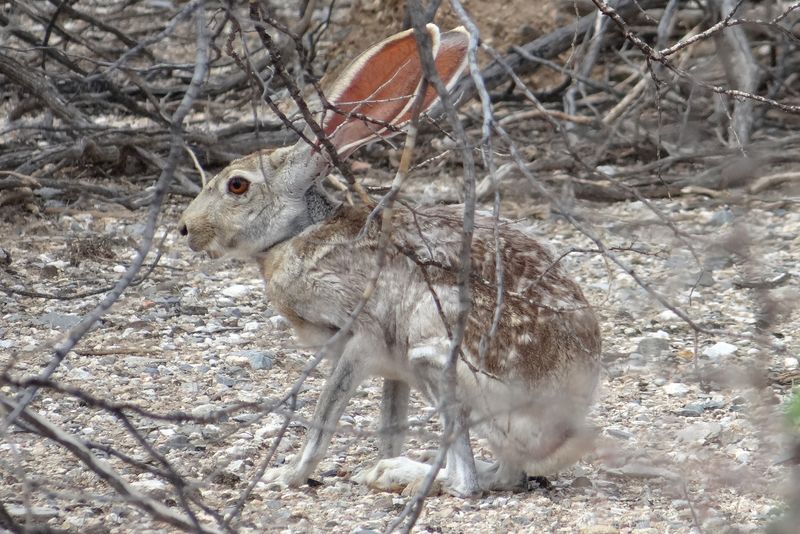
The Antelope Jackrabbit is an impressive hare found in Southern Arizona. Notable for its large size and long, slender ears, it is adapted to the desert heat. These hares are often seen resting in the shade during the day, becoming active at dusk.
Their diet consists mainly of grasses and desert plants, contributing to the balance of the ecosystem. The Antelope Jackrabbit’s presence is a testament to the remarkable adaptability of desert wildlife. Observing one in the wild is a unique experience, highlighting the diversity of life in Arizona’s deserts.
Mule Deer
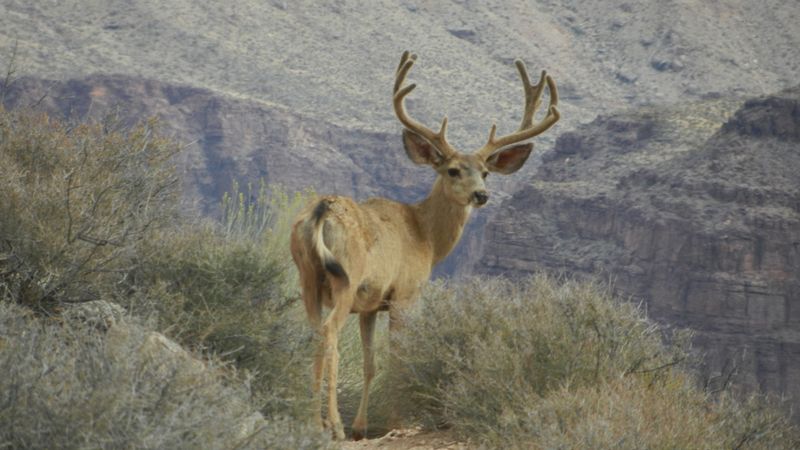
The Mule Deer is a familiar sight in the forested areas of Northern Arizona. With their large ears and graceful movements, they are a symbol of the state’s thriving wildlife. Mule Deer are often seen grazing in open meadows, browsing on shrubs and grasses.
During the fall, bucks are seen with full antlers, showcasing their majesty. The presence of Mule Deer indicates a healthy and balanced ecosystem. Encounters with these deer provide a serene and captivating glimpse into the natural world of Arizona, embodying the beauty and grace of the forest.
Ringtail Cat
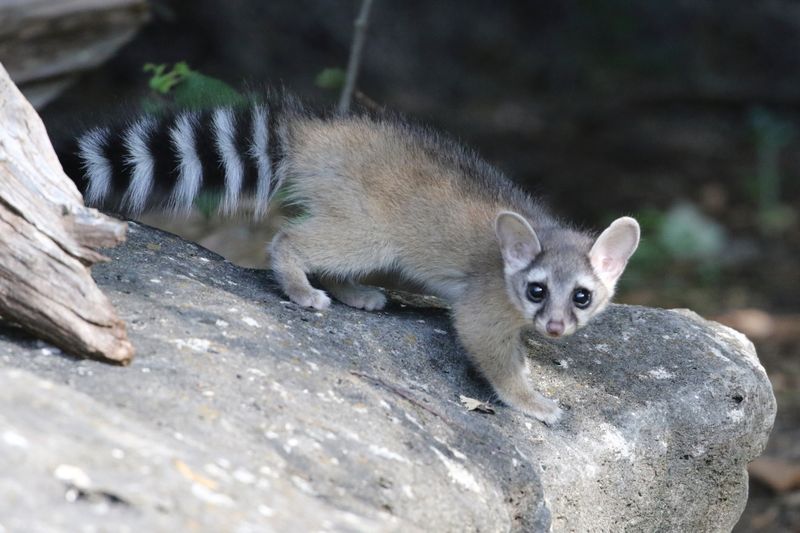
The Ringtail Cat, Arizona’s state mammal, is a nocturnal creature known for its agility and climbing skills. Despite its name, it’s actually related to raccoons. Ringtails are often found in rocky and arid areas, using their long tails for balance.
These small mammals are adept hunters, feeding on insects, small animals, and fruits. The Ringtail’s presence is a sign of the thriving nocturnal life in Arizona’s wild environments. Observing a Ringtail in its natural habitat is a glimpse into the lively and mysterious world that comes alive after dusk.
Canyon Tree Frog
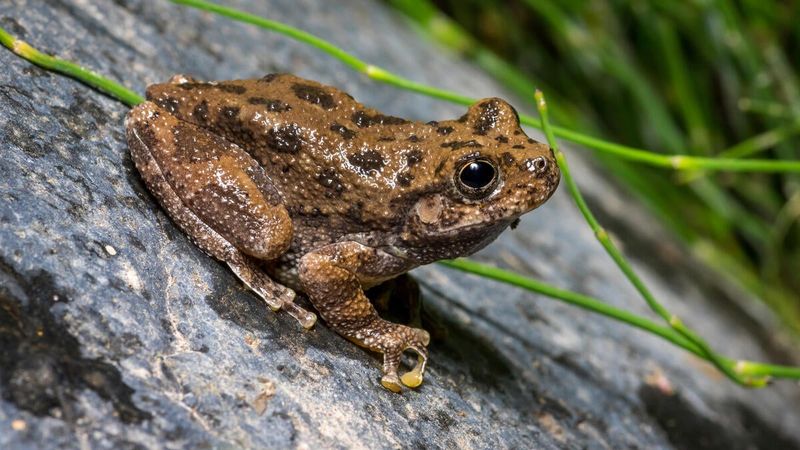
The Canyon Tree Frog is a master of disguise, blending into the rocky walls of Arizona’s canyons. With its moist, bumpy skin, it thrives in the crevices and cliffsides. These frogs are primarily nocturnal, emerging after rains to feed and breed.
Their croaking calls echo through the canyons, a haunting and beautiful sound. The Canyon Tree Frog is a vital part of the ecosystem, controlling insect populations. Its ability to thrive in such a dynamic environment is a testament to the adaptability of Arizona’s wildlife, adding to the state’s natural allure.
Peregrine Falcon
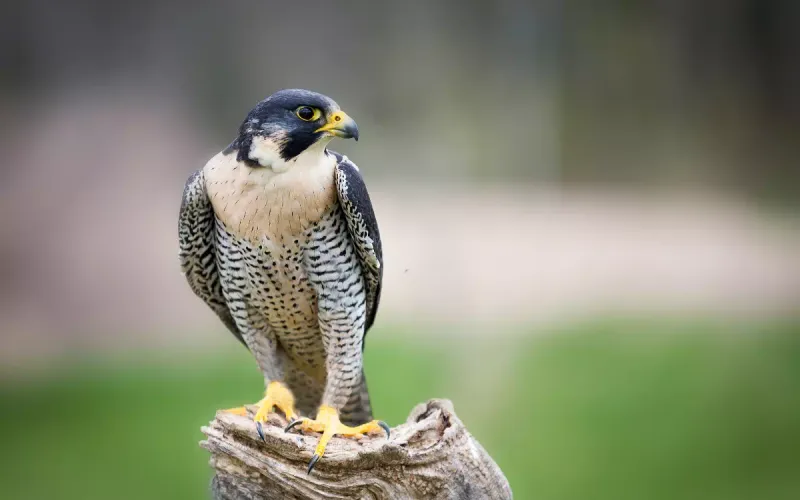
The Peregrine Falcon is renowned for its incredible speed and hunting prowess. Found throughout Arizona, it often nests on high cliffs, where it has a commanding view of the landscape. With a sleek body and sharp talons, it is an apex predator.
The falcon’s breathtaking dives, reaching speeds over 240 mph, are a marvel of nature. Its presence is a sign of a thriving ecosystem, as it relies on healthy populations of birds and small mammals. Witnessing a Peregrine Falcon in action is an unforgettable experience, showcasing the wild and untamed spirit of Arizona’s skies.

